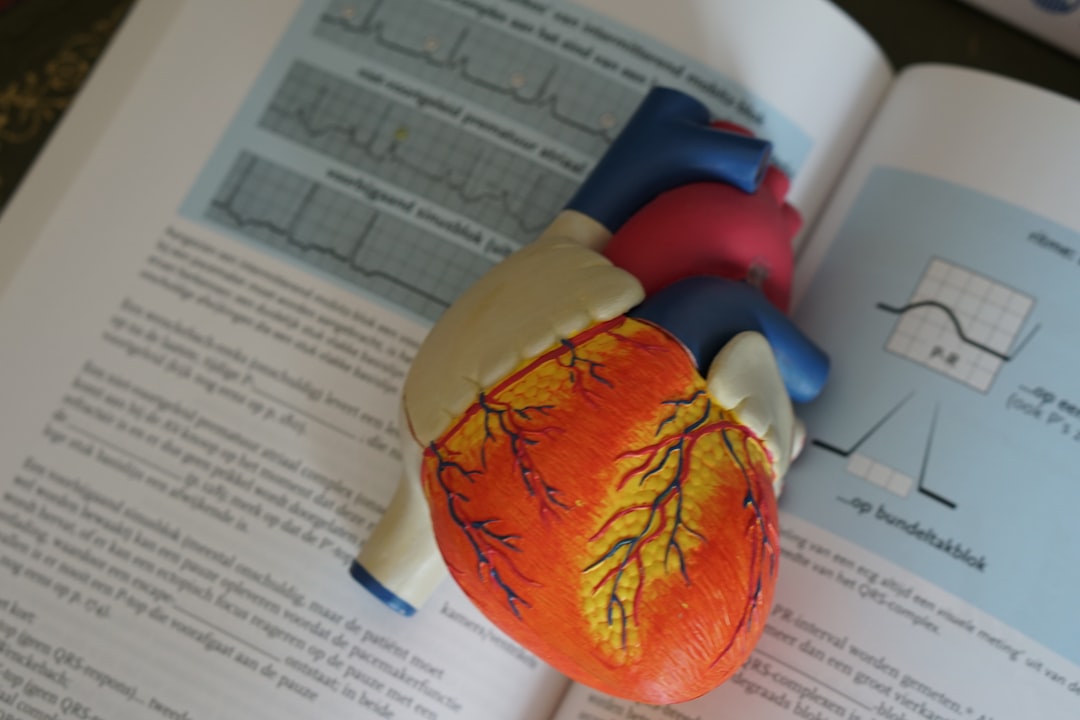What is it about?
Very rarely, salivary gland tumors may undergo high grade transformation to another tumor type --which is usually undifferentiated. If all you have on a biopsy is the high grade tumor type it can be very difficult to identify the specific tumor histology. This paper focuses on 25 cases of acinic cell carcinoma (a type of salivary gland tumor) that have undergone high grade transformation.
Featured Image
Why is it important?
Orphan tumors (defined as very rare tumor types) do not have a lot of study devoted to them, and thus patients with these tumor types may struggle to get information about how to treat them. This is the largest series on high grade transformation (orphan tumor) of an acinic cell carcinoma (one of the most common salivary gland tumor types). Information about how to treat and what the outcome may be is reported.
Perspectives
I was first introduced to the patient in 2005. She had called me and asked me to give a second opinion on her case and wanted to discuss the diagnosis with me when I rendered it. With sadness and a sense of foreboding, I called and spoke to her husband and her for about 90 minutes. I laid out all of findings in stark detail, trying to be as empathetic as possible, but still not mincing words. She thanked me and said she would start therapy the following week. During the ensuing 4 years she saw 74 different doctors, had 9 surgeries, receiving 5 different rounds of chemotherapy, 3 cycles of radiation and still succumbed to her tumor in 2008. A few weeks before she died, she asked if I would please publish her case and try to use the results to help others perhaps have better treatment or management as they struggled with such a rare disease.
Dr Lester D.R. Thompson
Head and Neck Pathology Consultations
Read the Original
This page is a summary of: Clinicopathologic and Immunophenotypic Characterization of 25 Cases of Acinic Cell Carcinoma with High-Grade Transformation, Head and Neck Pathology, August 2015, Springer Science + Business Media,
DOI: 10.1007/s12105-015-0645-x.
You can read the full text:
Contributors
The following have contributed to this page










